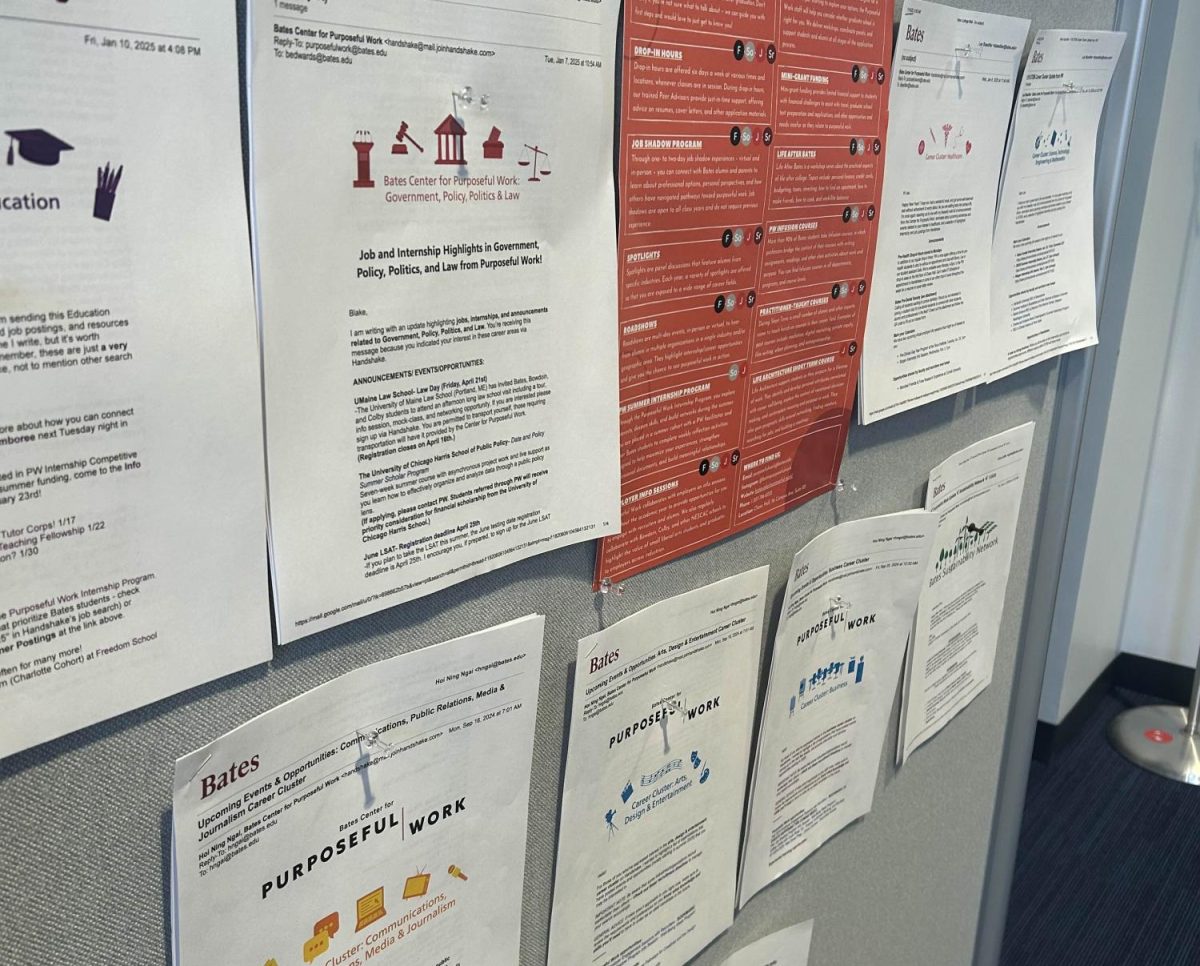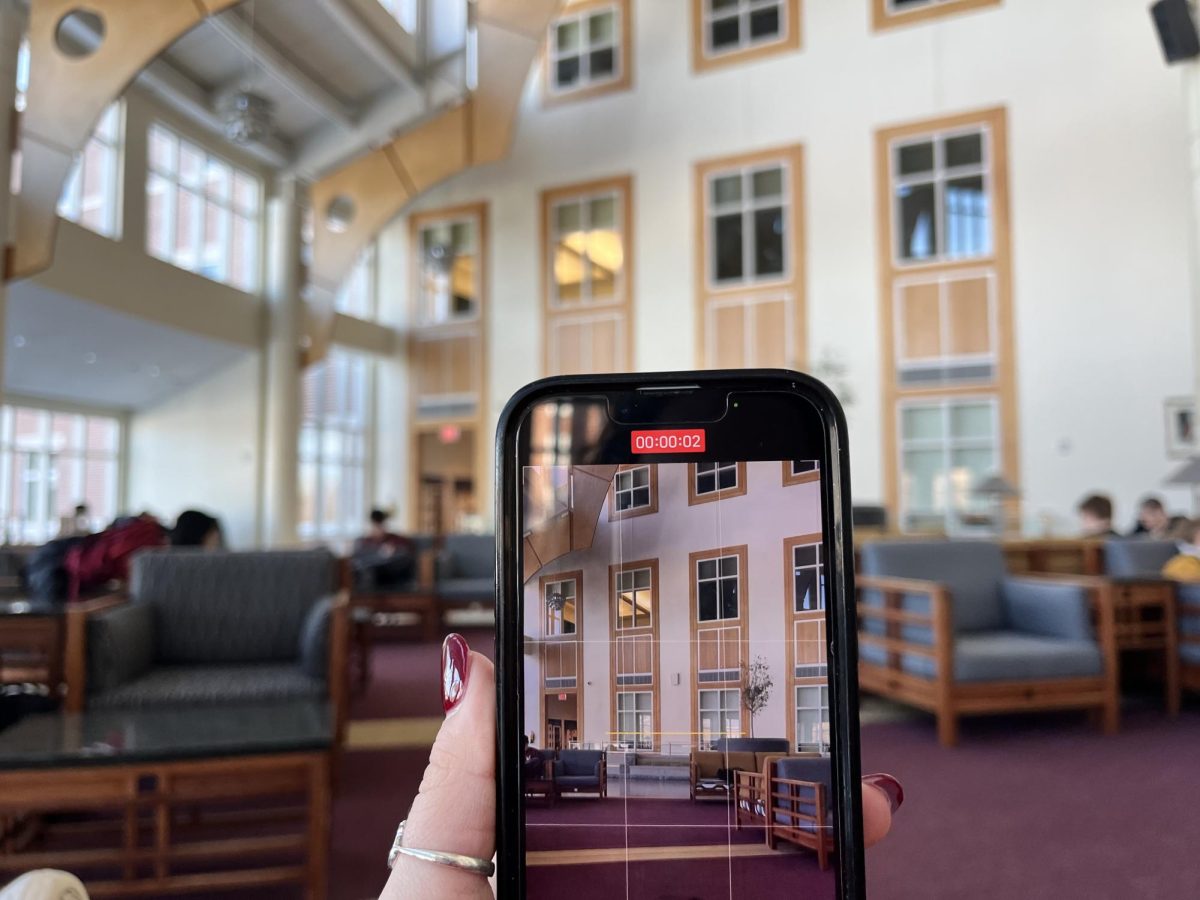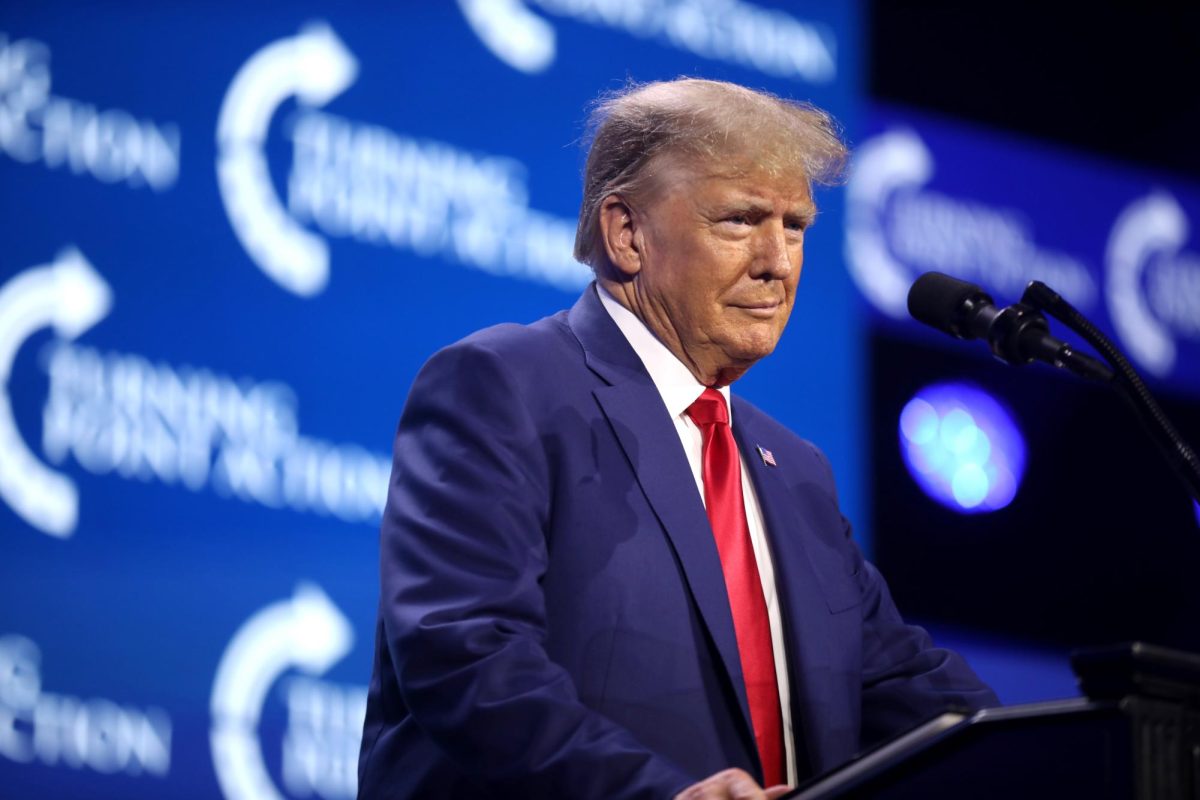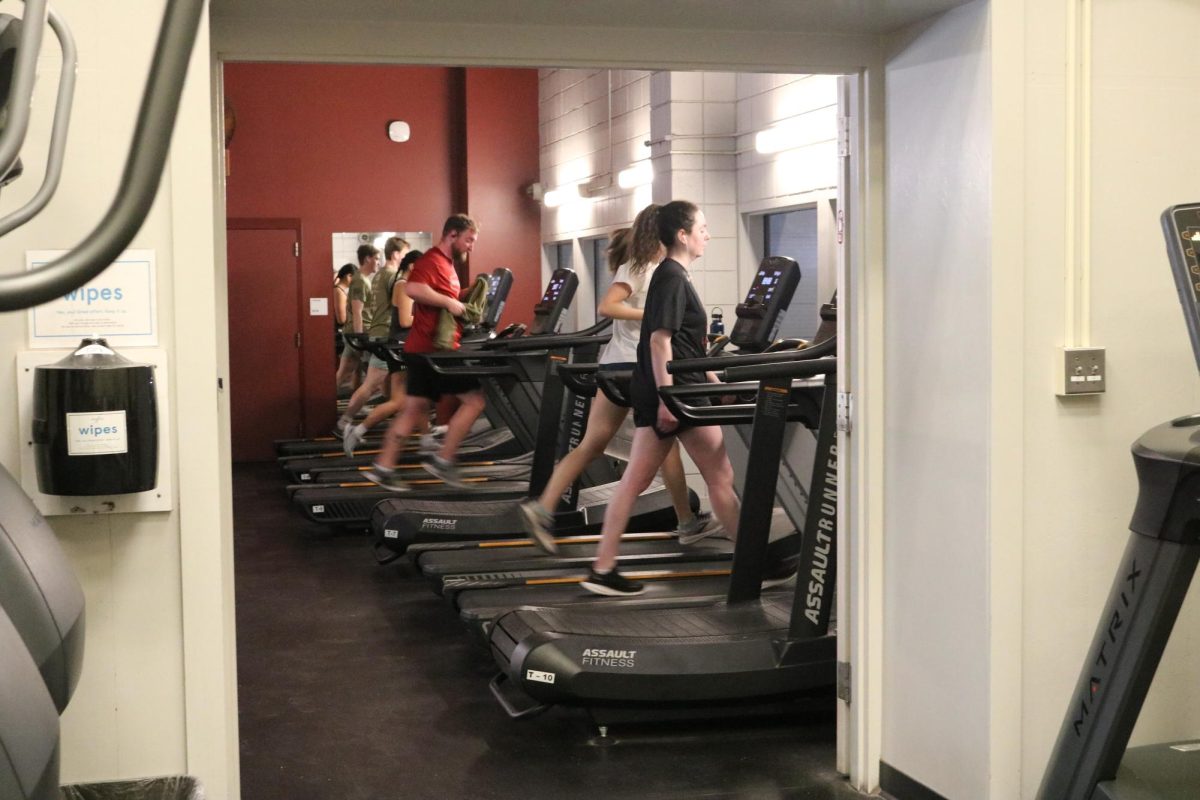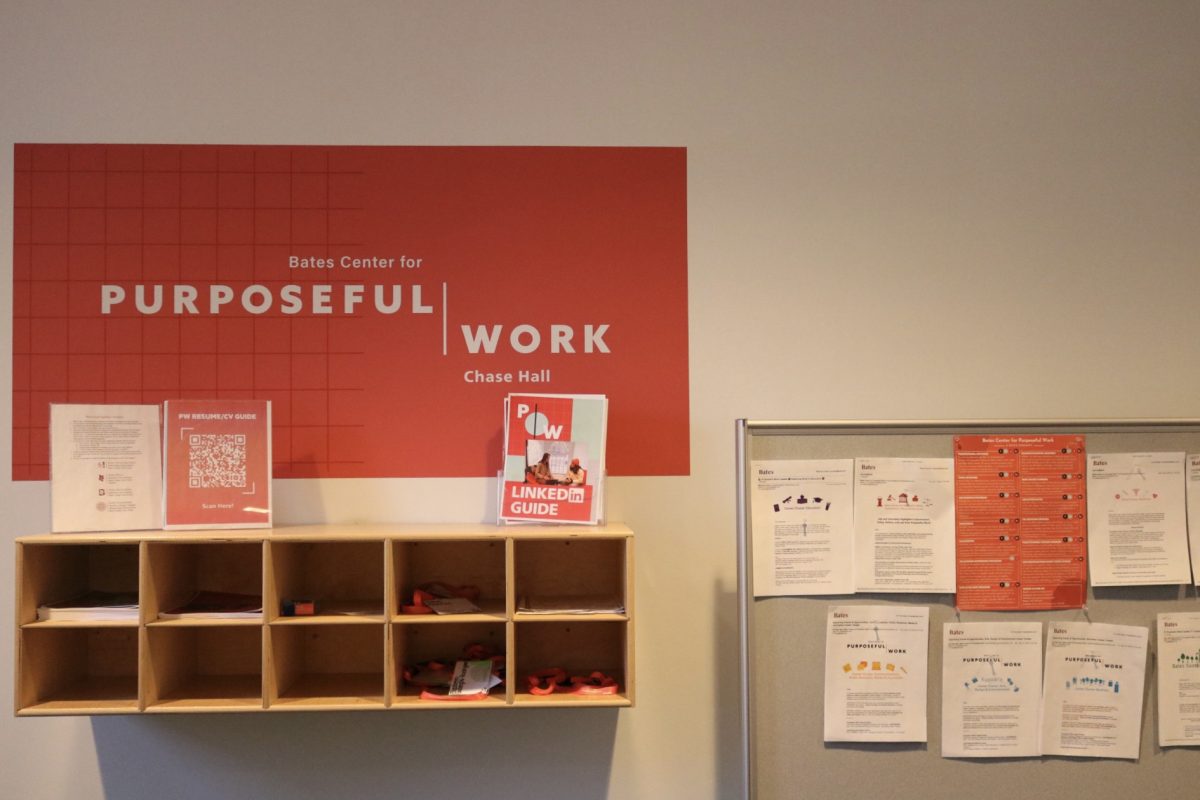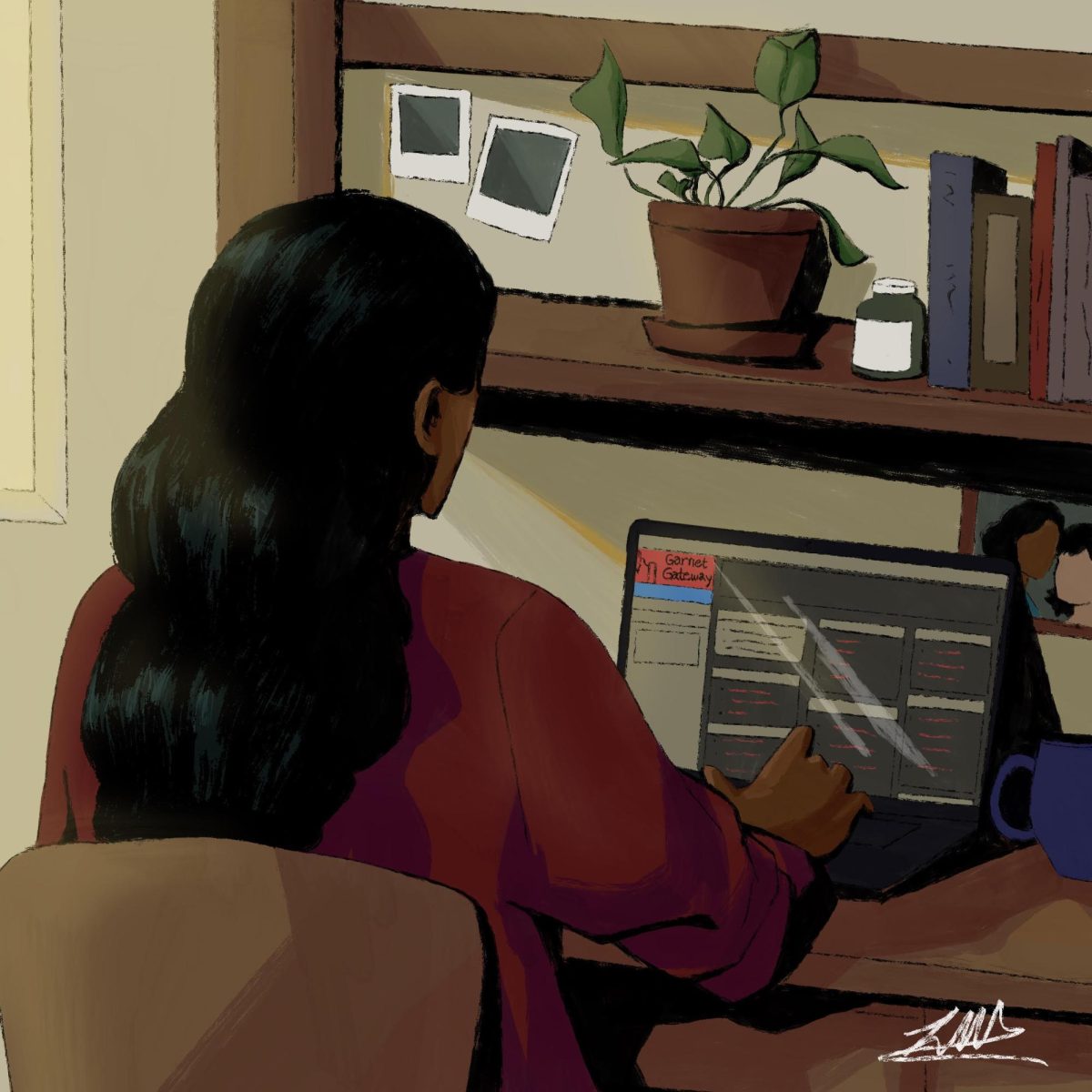What does it mean to be a modern, indigenous person today? How am I supposed to dress, act, speak, even breathe like a Native? These thoughts have lingered on my mind for as long as I can remember and were especially highlighted on Monday, Oct. 14.
Holding sorrow, anger, and violence but also pride, happiness, and bravery, this day, celebrates those who come from a line of wise farmers, spiritual and religious leaders, code talkers, oral storytellers, and fry bread makers is known as Indigenous Peoples’ Day.
I have always been self-aware and proud of my indigenous identity but now, what was once my stability in a society forcing me to lose my roots, may be stripped away from me. Being one of the few students that identifies as Native American, I knew that coming to Bates I would have to face being the “Native girl” on campus.
Anyone who asked about my race and ethnic background greeted me with the same comments: “I never met anyone Native before!”, “Does your family celebrate Thanksgiving?”, “How much do you hate Columbus?”, “You’re Native? I thought you were Hispanic.” and my favorite one of all, “What kind of Native are you?”
In response to these repetitive remarks, these are my only comments on them: I am glad you get to meet a Native American but don’t exoticize me. Yes, my family does celebrate Thanksgiving but not for the same reasons it is taught in the history books. Every indigenous person is born disliking Columbus and so should everyone else. I know I look Hispanic, how should I look more Native to fit your perception of a Native person? Lastly, it is not what Native I am but rather what tribe I belong to.
Last Monday was the first annual acknowledgment of Indigenous People’s Day by both the state of Maine and Bates College. The sunrise ceremony, led by Co-Chief Richard Silliboy of the Aroostook Band of Micmacs, was the perfect way to start the day.
As the sun rose, the light ran over the campus, gleaming down over Cheif Silliboy and other supporters. The new light of the day signified the rise of indigenous people, the heat from the light was the years of endurance, and the colorful sky was the intersection of different tribes coming together.
In the afternoon, there were five minutes of silence in recognition of the five Maine Wabanaki Tribes: Micmac, Maliseet, Penobscot, Passamaquoddy, and Abenaki. The silence was not of the Native tribes in Maine and across the United States but the silence of the assimilation, prejudice, and stereotypes. What was silenced only brought out the rich culture, divine language, and beautiful scars of indigenous people everywhere.
Scars are reminders of past wounds; something to tell us that the tissues on our bodies have not healed properly because of inflicting pain. Scars were reminders to modern natives that our generational trauma has not healed properly because of the pain inflicted upon our ancestors.
Having over 500 federally recognized tribes, over 50 million acres of land for Native tribes, and represent about five million of the entire population makes me wonder.
I wonder why tribes have to protest to have clean water on their land. I wonder why the rate of sexual assault and missing persons in indigenous women and children is higher than the national average. I wonder why natives have the highest record of health issues: both mental and physical. I wonder why I am one of the few Native American students on a college campus.
Indigenous People’s Day is for all of us to question why Native Americans endure some of the most difficult life-experiences; Indigenous People’s Day is for us all.
Skye Brown
Recognizing Indigenous People’s Day makes all of us wonder about these issues as well. This day highlights the present ongoing struggles that Native Americans face. Indigenous People’s Day is for all of us to question why Native Americans endure some of the most difficult life-experiences; Indigenous People’s Day is for us all. Keep in mind this day is not only filled with sorrow and mistreatment of America’s first people but is also filled with hope.
When I think of this day, I picture the people at the Dakota pipeline protest advocating for basic human rights. I picture Nathan Phillips singing a prayer song while a young boy stood in his face wearing a Make America Great Again hat. I picture Deb Haaland and Sharice Davids taking a seat in Congress.
What I see is quiet resilience. Quiet strength in a society that only wants natives to lash out and act uncivilized. To me, this is what Indigenous People’s Day is about; the quiet strength we carry and will continue to carry. Indigenous people were the first people of America and they will be here for a long time.


